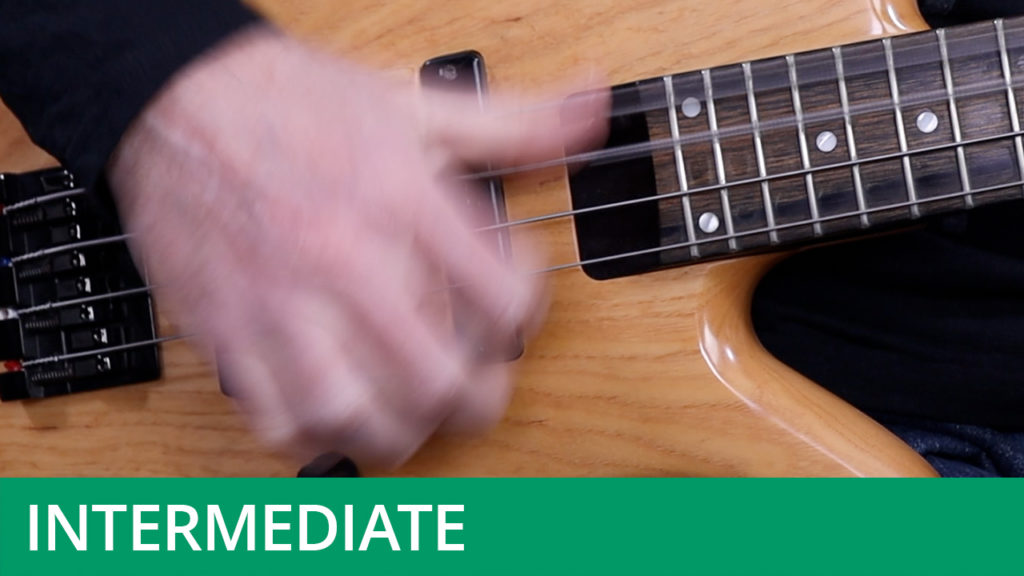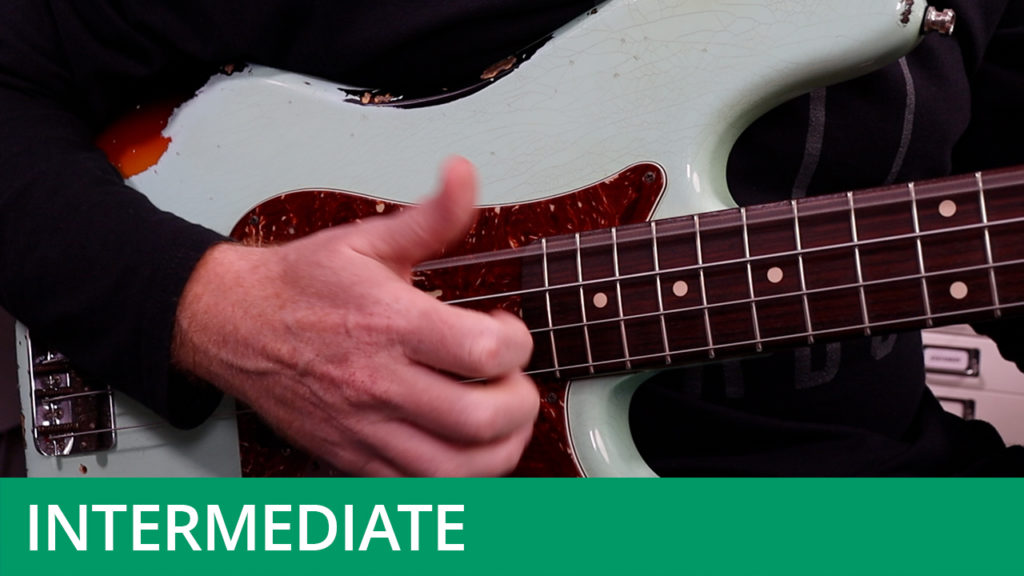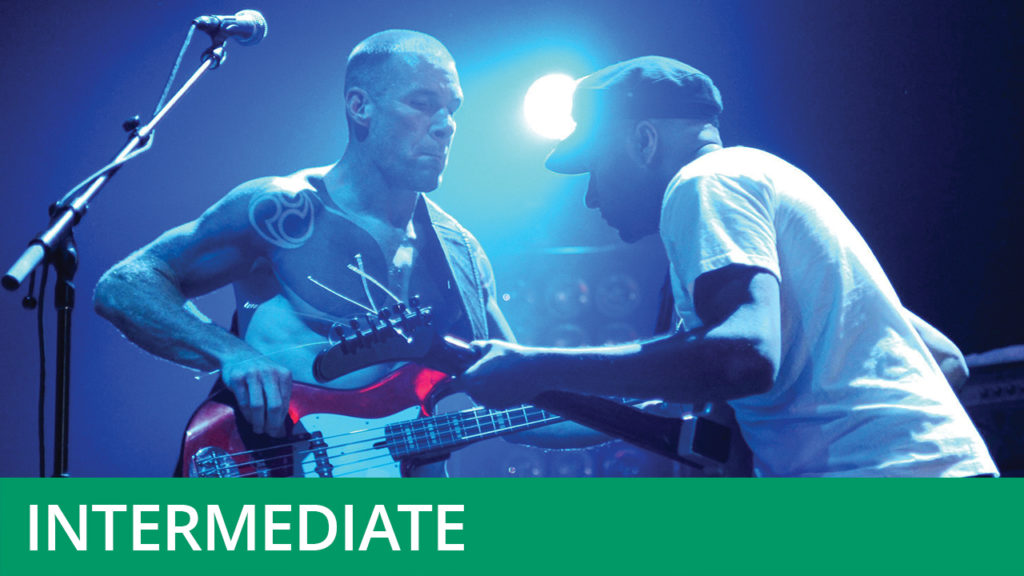Double Stops
Course Duration: 34 Minutes | Difficulty Level: 4
Double stops are two notes - any two notes - played simultaneously. Whilst it is not uncommon for bass guitarists to play chords, double stops are useful in that they can often achieve the desired chordal effect, but with fewer notes.
Double stops can be performed with any technique and are by no means limited to slap bass. In the exercises in this chapter, we will be performing double stops by popping them. This will usually be done with the first and second fingers of the picking hand.
Don’t forget to hit the Download Resources button above in order to download the PDF worksheet and audio files for this course (available to subscribers only). The worksheet is available with TAB and without, for those who wish to give their reading skills a workout.




